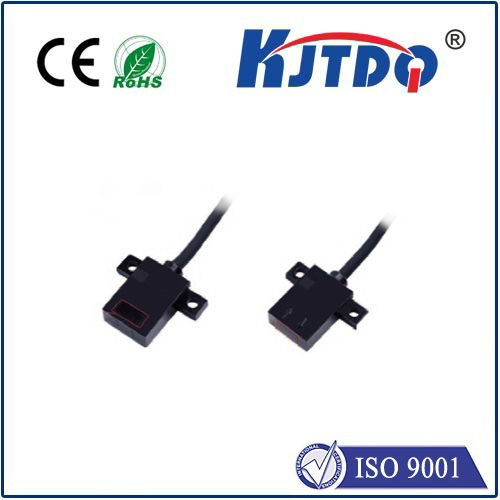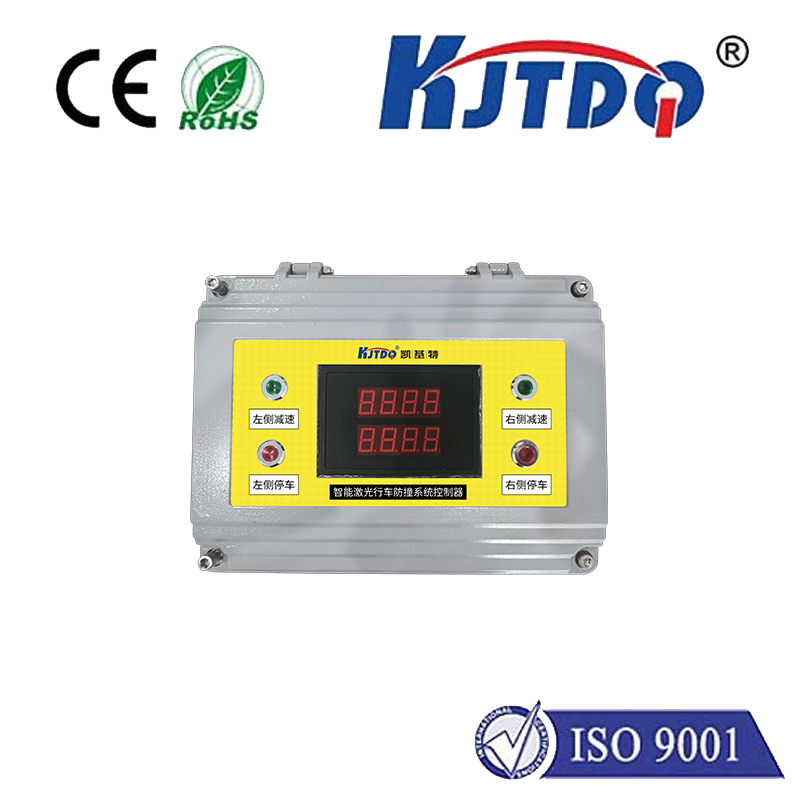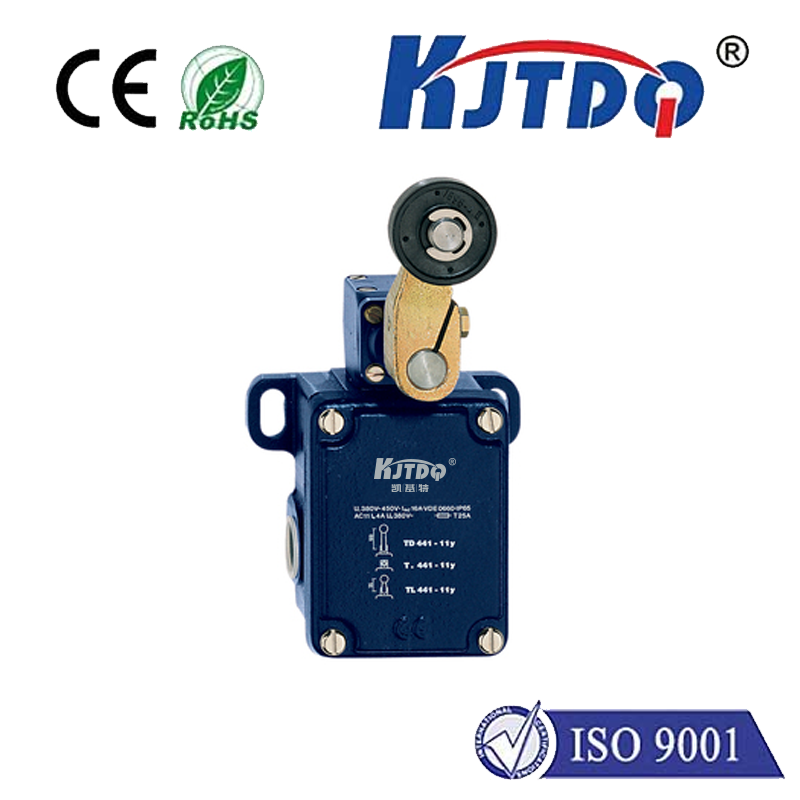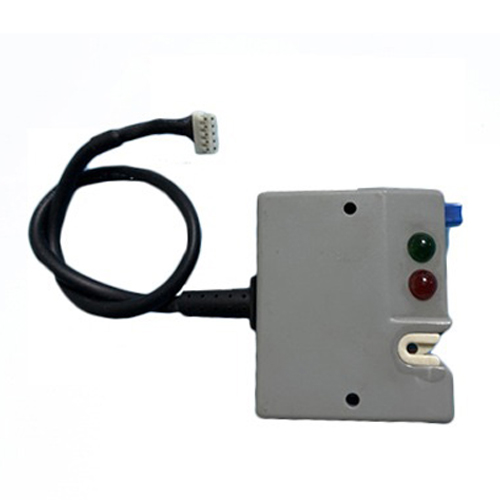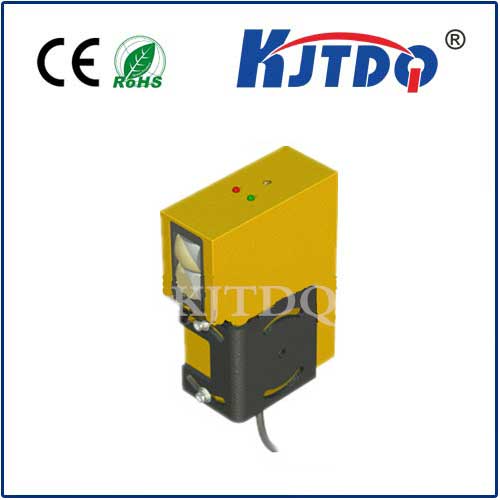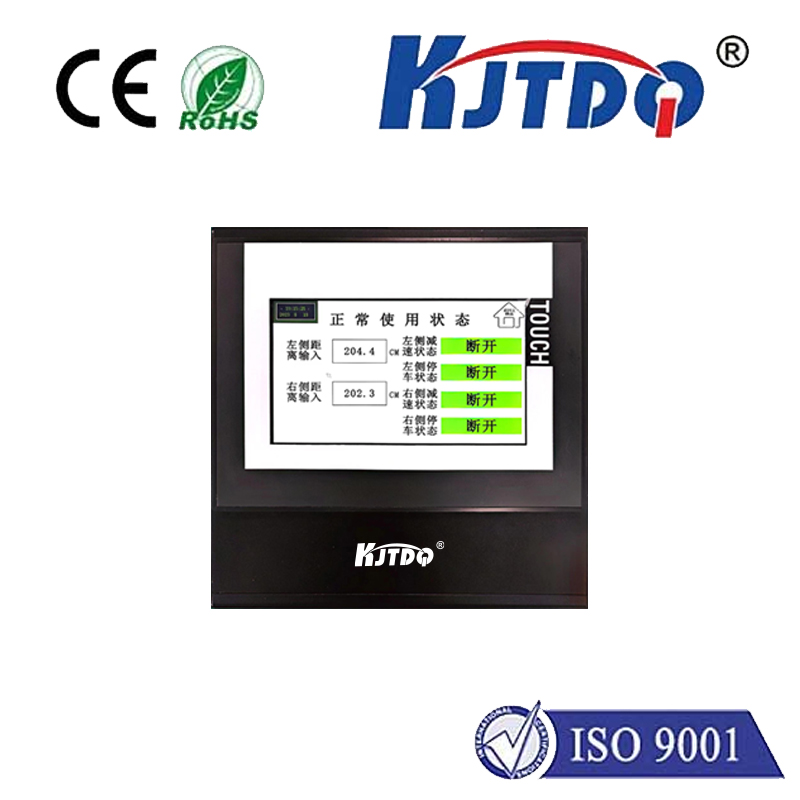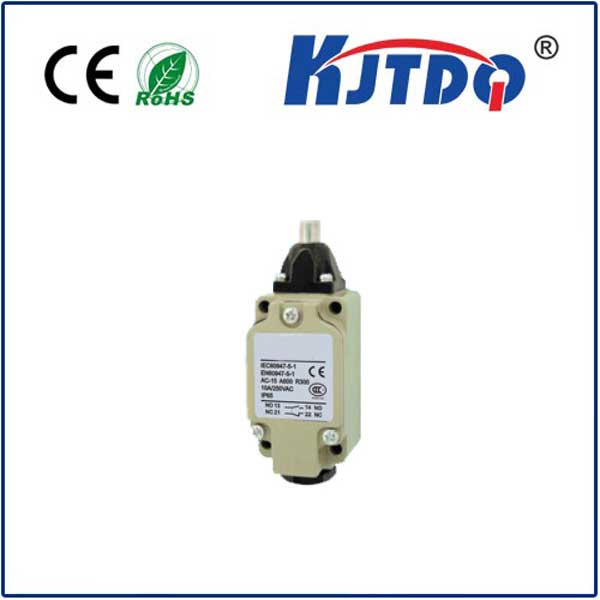

check

check

check

check
Imagine a critical assembly line where consistently identifying the exact position of a small, dark component on a moving conveyor is paramount. Standard sensors might falter, either distracted by the machinery behind the part or failing to see the low-contrast object. This is where precision tools like the E3Z-T81A 0.5M diffuse sensor with background suppression shine, offering a robust solution to challenging detection scenarios across diverse industries. This versatile sensor combines the convenience of diffuse reflection operation with the intelligent filtering power of background suppression technology.
The E3Z-T81A belongs to the category of photoelectric sensors. Specifically, it operates as a diffuse reflective sensor. Unlike through-beam sensors requiring a separate transmitter and receiver, or retro-reflective sensors needing a reflector, diffuse sensors house both the light emitter (typically an LED) and the receiver in a single compact unit. They detect objects based on the light diffusely reflected back from the target surface itself. This self-contained design significantly simplifies installation, reducing wiring complexity and setup time – a major advantage in space-constrained or rapidly changing environments.
However, the true superpower of the E3Z-T81A 0.5M lies in its integrated background suppression (BGS) technology. Standard diffuse sensors simply react to the strongest light signal returning to the receiver. This makes them vulnerable to interference caused by objects or surfaces behind the intended target. For instance, detecting a small box on a pallet might be complicated if the sensor also “sees” the varying reflectivity of the pallet slats or the factory floor beyond it. Background suppression resolves this critical limitation.

Background suppression works by employing triangulation. While the LED emits light, the receiver isn’t just a simple light bucket; it typically uses a position-sensitive detector (PSD) or specialized lens/optics. This setup allows the sensor to determine not just the intensity of the returning light, but crucially, the angle from which it is returning. Light reflected from an object at the precise 0.5 meter (500mm) sensing range hits the receiver at a specific angle. Light reflected from objects farther away (the background) hits the receiver at a different, shallower angle. The sensor’s intelligent electronics are calibrated to recognize and respond only to light signals originating from within its set sensing distance boundary, effectively “suppressing” signals from anything beyond it.
Here’s what makes the E3Z-T81A 0.5M with BGS a standout choice:
Where is the E3Z-T81A 0.5M Diffuse Sensor Applied?
Its unique capabilities make it invaluable across numerous sectors:
Installing for Optimal Performance
While background suppression simplifies many challenges, proper setup is still key:
The E3Z-T81A 0.5M diffuse sensor with background suppression is far more than just a proximity detector. It represents a sophisticated tool engineered to overcome common industrial sensing challenges. Its ability to reliably detect targets irrespective of background interference makes it a cornerstone for improving automation efficiency, minimizing errors, and enhancing production line reliability. When precision detection in complex visual environments is non-negotiable, the E3Z-T81A stands as a proven and dependable solution.
